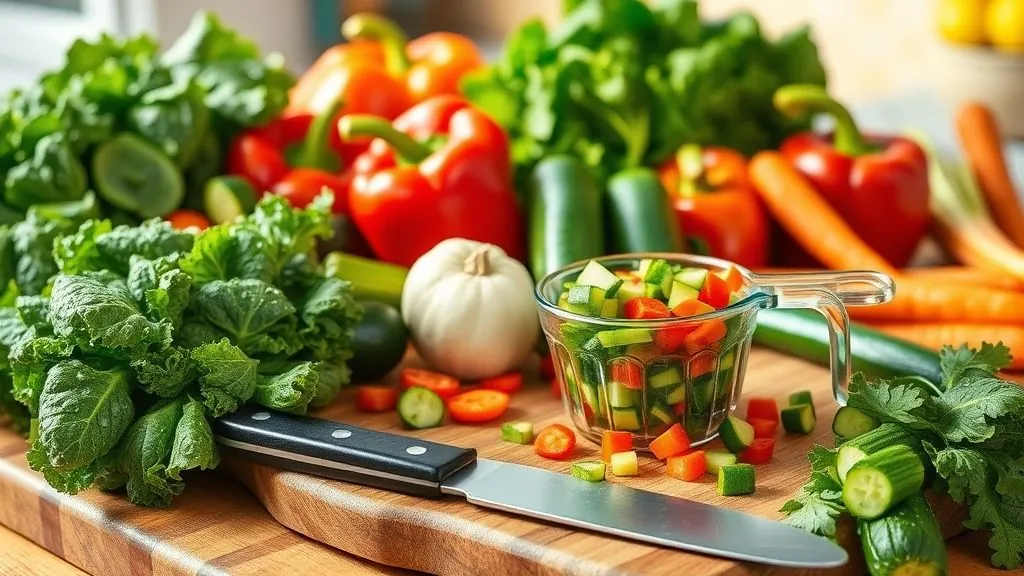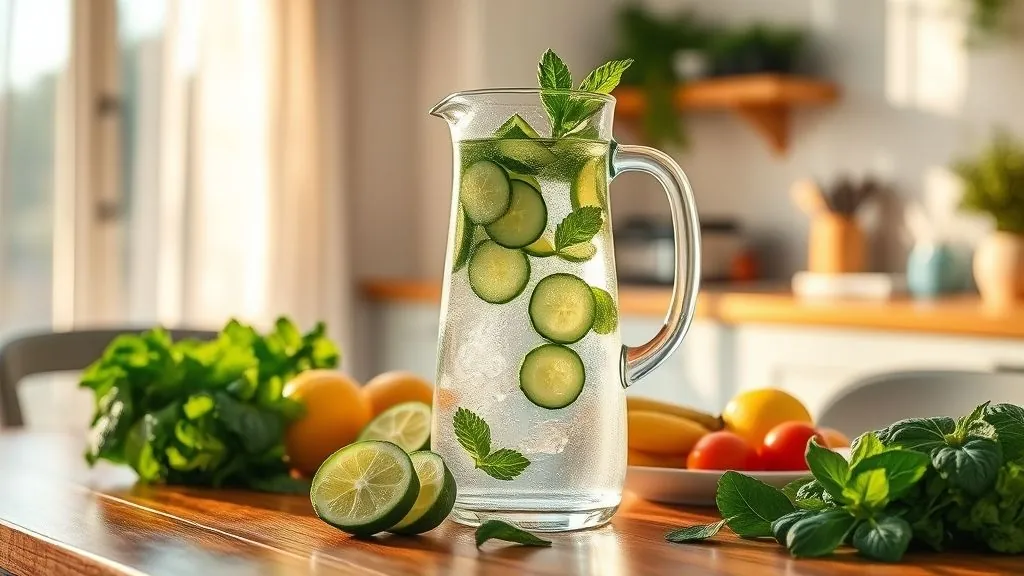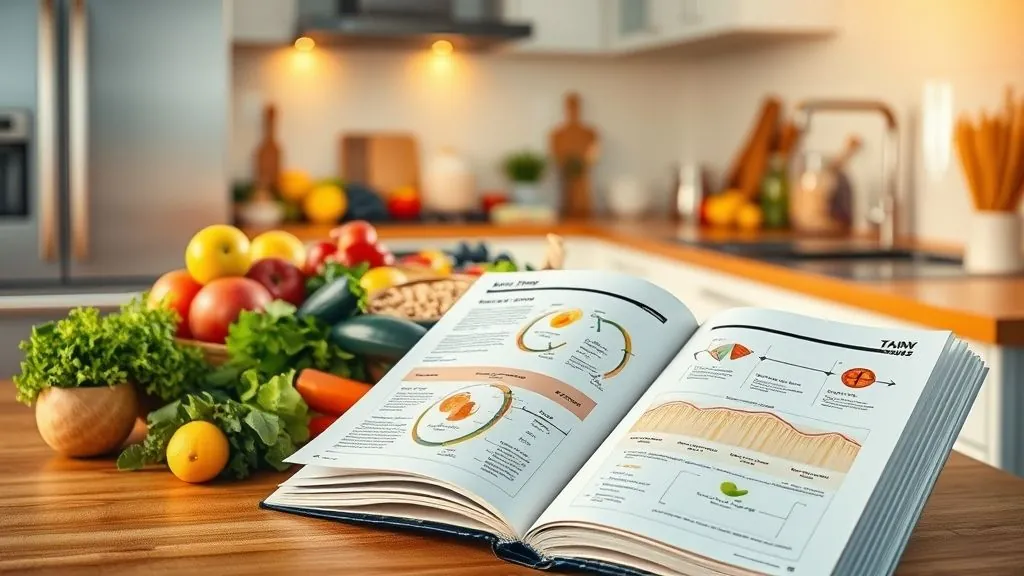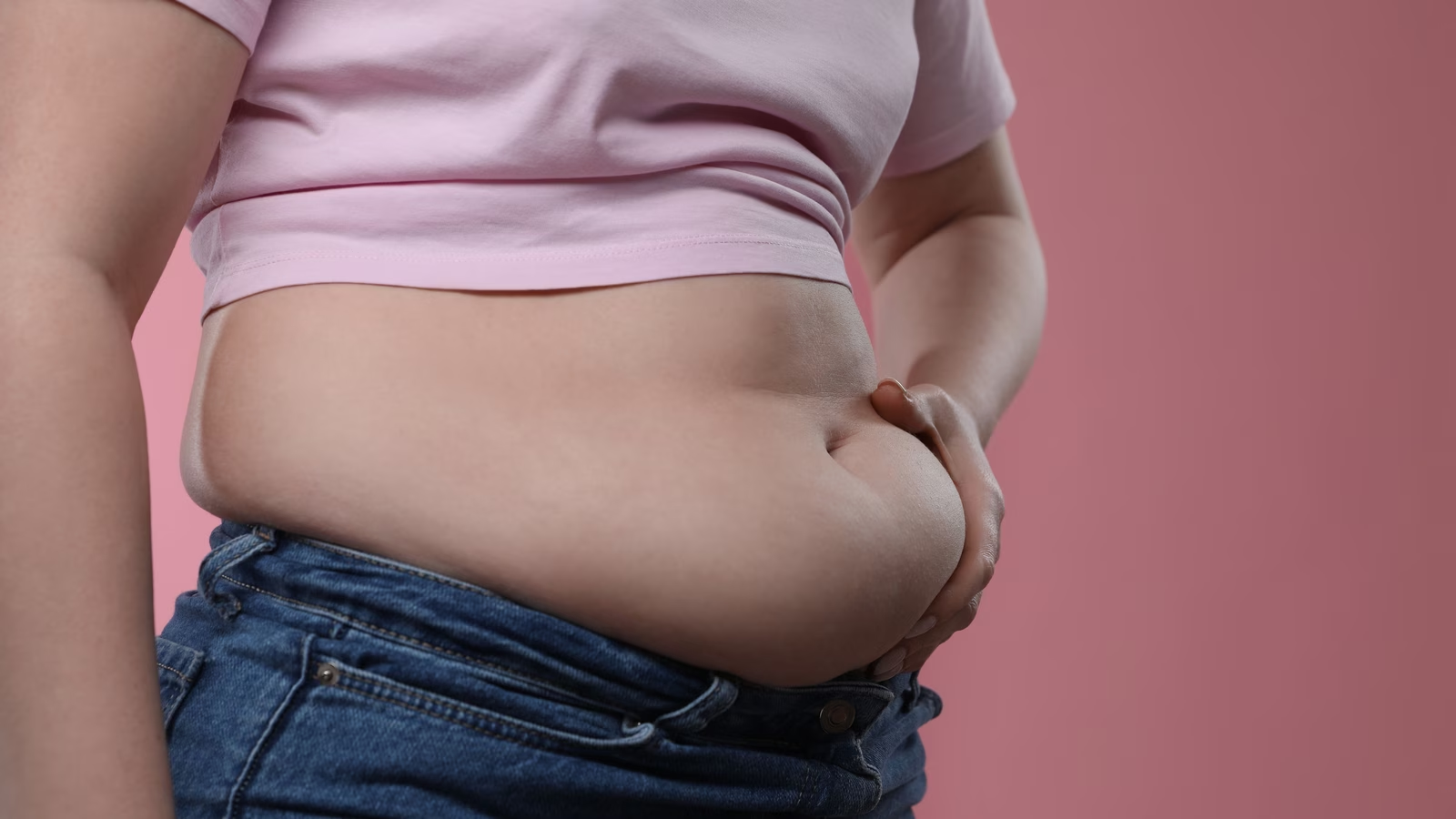If you’re wondering what food is good for getting rid of belly fat, you’re not alone. Belly fat, especially visceral fat surrounding your organs, is linked to higher risks of heart disease, diabetes, and metabolic syndrome. While spot reduction isn’t possible, incorporating specific foods into your diet can help target belly fat loss by improving metabolism, reducing inflammation, and promoting fat burning.
In this detailed article, we’ll explore the best foods and dietary strategies scientifically proven to help reduce belly fat. You’ll learn practical tips, meal ideas, and lifestyle advice to support your journey toward a flatter, healthier midsection. Let’s dive in!
Why Focus on Belly Fat?
Belly fat isn’t just a cosmetic concern. Excess abdominal fat, particularly visceral fat, is metabolically active and produces inflammatory substances, increasing risks for:
- Type 2 diabetes
- Heart disease
- Certain cancers
- Insulin resistance
Losing belly fat improves overall health, metabolism, and well-being.
What Food Is Good for Getting Rid of Belly Fat? Key Nutrient Groups
1. Fiber-Rich Foods
Soluble fiber is especially effective at reducing belly fat because it absorbs water and forms a gel, slowing digestion and promoting feelings of fullness. It also feeds beneficial gut bacteria, which influence fat storage and metabolism.
Sources:
- Oats and oat bran
- Barley
- Legumes (beans, lentils, chickpeas)
- Fruits like apples, pears, berries
- Vegetables such as Brussels sprouts and carrots
Actionable tip: Start your day with a bowl of oatmeal topped with fresh berries and a sprinkle of chia seeds for a fiber-packed breakfast that fights belly fat.
2. Protein-Powered Foods
High-protein diets boost metabolism through the thermic effect of food (calories burned digesting protein), increase satiety, and reduce cravings, leading to lower calorie intake.
Good protein sources:
- Lean meats like chicken breast and turkey
- Eggs
- Fish, especially fatty varieties rich in omega-3s (salmon, mackerel, sardines)
- Dairy such as Greek yogurt and cottage cheese
- Plant proteins like tofu, tempeh, and legumes
Example: Swap out carb-heavy snacks for a Greek yogurt parfait with a handful of nuts and seeds for sustained energy and belly fat control.
3. Healthy Fats
Consuming the right fats can aid fat loss. Monounsaturated and polyunsaturated fats improve insulin sensitivity and reduce inflammation.
Sources:
- Olive oil
- Avocados
- Nuts like almonds and walnuts
- Seeds such as flaxseeds and chia seeds
- Fatty fish high in omega-3 fatty acids
Practical tip: Use extra virgin olive oil as a salad dressing base and add avocado slices to sandwiches for satisfying healthy fats that support belly fat loss.
4. Green Tea and Other Metabolism-Boosting Drinks
Green tea contains catechins, especially epigallocatechin gallate (EGCG), which can increase fat burning. Drinking green tea regularly is linked to a reduction in abdominal fat.
Additional tips:
- Substitute sugary beverages with green tea or black coffee (without cream or sugar) to reduce empty calories.
- Apple cider vinegar may have modest fat-reducing effects — diluted with water and consumed before meals.
What Vegetables Are Good for Belly Fat?

Non-starchy and nutrient-dense vegetables are excellent because they are low in calories but high in fiber, vitamins, and antioxidants.
Best choices include:
- Leafy greens: spinach, kale, arugula
- Cruciferous vegetables: broccoli, cauliflower, cabbage
- Bell peppers, cucumbers, zucchini, carrots, tomatoes
Filling half your plate with these veggies ensures volume and nutrients without excess calories.
How to Structure Your Meals for Belly Fat Loss
- Front-load your meal with vegetables: Starting meals with fiber-packed veggies fills you up and leaves less room for calorie-dense foods.
- Include protein at every meal: Helps maintain muscle mass and controls appetite.
- Choose whole grains over refined carbs: Brown rice, quinoa, barley, and whole oats stabilize blood sugar.
Avoid These Foods That Promote Belly Fat
- Refined sugars and high-fructose corn syrup found in sweets, soda, and many processed foods
- Refined grains like white bread, white pasta
- Trans fats and excessive saturated fats
- Excess alcohol, which promotes fat accumulation around the abdomen
Cutting back on these “belly fat-promoting” foods reduces inflammation and insulin spikes.
Exercise and Lifestyle Tips That Complement Belly Fat-Fighting Foods
- Combine a balanced diet with regular aerobic exercise (walking, running, cycling), which burns visceral fat effectively.
- Incorporate strength training to maintain muscle mass and boost resting metabolic rate.
- Manage stress through mindfulness or yoga, since stress hormones like cortisol can increase belly fat.
- Get adequate sleep (7–9 hours), vital for healthy metabolism and hunger regulation.
Sample Day of Eating to Get Rid of Belly Fat
Breakfast: Oatmeal with flaxseeds, mixed berries, and a dollop of Greek yogurt
Snack: An apple with a handful of almonds
Lunch: Grilled chicken breast salad with mixed greens, avocado, cherry tomatoes, and olive oil dressing
Snack: Carrot sticks with hummus
Dinner: Baked salmon with quinoa and steamed broccoli
Drink: Green tea between meals and plenty of water throughout the day
The Role of Gut Health in Reducing Belly Fat
Emerging research highlights the connection between gut microbiota—the trillions of bacteria in your digestive tract—and body fat regulation, including belly fat. A healthy balance of gut microbes can influence metabolism, inflammation, and energy extraction from food.
How Gut Health Influences Belly Fat
- Certain beneficial bacteria produce short-chain fatty acids that regulate fat storage and reduce inflammation.
- Imbalances, often from poor diet or antibiotics, may promote fat accumulation, especially around the midsection.
- Supporting gut health can improve insulin sensitivity, a key factor in managing abdominal fat.
Foods to Boost Gut Health
- Probiotic-rich foods: Yogurt with live cultures, kefir, sauerkraut, kimchi, miso, and tempeh.
- High-fiber prebiotics: Garlic, onions, leeks, asparagus, bananas, and whole grains provide fuel for good bacteria.
- Avoid excessive processed and sugary foods that disrupt microbial balance.
Incorporating gut-friendly foods supports overall digestive health while aiding belly fat loss.
The Impact of Hydration on Belly Fat Management

Water plays a vital role in metabolism and appetite regulation, yet it’s often overlooked in fat loss strategies.
Benefits of Staying Hydrated
- Drinking water can temporarily boost metabolism through thermogenesis.
- Adequate hydration reduces water retention and bloating, making your belly appear slimmer.
- Drinking water before meals can promote satiety, potentially reducing calorie intake.
Tips for Optimal Hydration
- Aim for 8–10 glasses of water daily, adjusting for activity and climate.
- Replace sugary drinks with water, infused waters, or herbal teas.
- Limit beverages that cause bloating, like carbonated sodas.
Consistent hydration complements dietary changes and supports efficient belly fat burning.
Exploring the Role of Spices and Herbs in Belly Fat Reduction
Certain spices and herbs have thermogenic and metabolism-boosting properties that can assist in reducing abdominal fat.
Key Spices to Include
- Cayenne Pepper (Capsaicin): Can increase calorie burning and fat oxidation.
- Ginger: Reduces inflammation and may aid digestion and satiety.
- Turmeric: Contains curcumin, which supports fat metabolism and lowers inflammation.
- Cinnamon: Helps stabilize blood sugar levels, reducing fat storage.
How to Use
- Add fresh ginger or turmeric to smoothies, soups, or teas.
- Sprinkle cinnamon on oatmeal or coffee.
- Use cayenne pepper in cooking or as a spice rub.
Incorporating these aromatic ingredients can naturally enhance fat loss efforts while adding flavor to meals.
The Science Behind Meal Timing and Belly Fat Loss

When you eat may influence how your body stores or burns fat, including in the abdominal area.
Benefits of Strategic Meal Timing
- Eating larger meals earlier in the day can improve metabolism and hormonal balance.
- Avoiding late-night eating reduces fat accumulation, as metabolism slows during sleep.
- Time-restricted eating or intermittent fasting shows promise in reducing visceral fat by improving insulin response.
Practical Meal Timing Tips
- Have a hearty breakfast rich in protein and fiber.
- Space meals and snacks evenly, maintaining balanced blood sugar.
- Finish your last meal 2-3 hours before bedtime.
Coupling meal timing with balanced food choices maximizes belly fat reduction.
Psychological and Behavioral Factors Affecting Belly Fat
Stress and emotional well-being profoundly influence belly fat accumulation through hormonal pathways.
How Stress Contributes to Belly Fat
- Chronic stress elevates cortisol, a hormone linked to increased abdominal fat storage.
- Stress often triggers emotional eating and poor food choices.
Effective Stress-Management Strategies
- Practice mindfulness meditation for reducing cortisol levels.
- Engage in enjoyable physical activities and hobbies.
- Prioritize social connections and seek professional support when needed.
Addressing psychological factors completes a holistic approach to managing belly fat.
Frequently Asked Questions

Q: Can one food alone get rid of belly fat?
A: No single food melts belly fat. A balanced diet with belly fat-fighting foods alongside lifestyle changes is key.
Q: How long does it take to reduce belly fat through diet?
A: Consistent healthy habits typically show visible results in weeks to months, depending on individual factors.
Q: Is intermittent fasting effective for belly fat?
A: Some studies indicate intermittent fasting helps reduce visceral fat when combined with healthy food choices.
Conclusion
Eating foods high in soluble fiber, lean protein, healthy fats, and antioxidants is fundamental for reducing belly fat naturally. Coupled with active living, stress management, and good sleep, these foods support metabolic health and sustainable fat loss. Taking gradual, consistent steps by focusing on whole, minimally processed foods such as leafy greens, fatty fish, legumes, nuts, and green tea will empower your journey toward a trimmer waistline and improved overall health.
